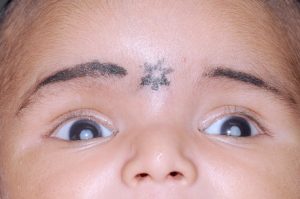Effectiveness of IOLs in infants
IOL implantation provides good results in patients less than six months

Roibeard O’hEineachain
Published: Sunday, March 1, 2020

IOL implantation provides good results in patients less than six months

Published: Sunday, March 1, 2020
